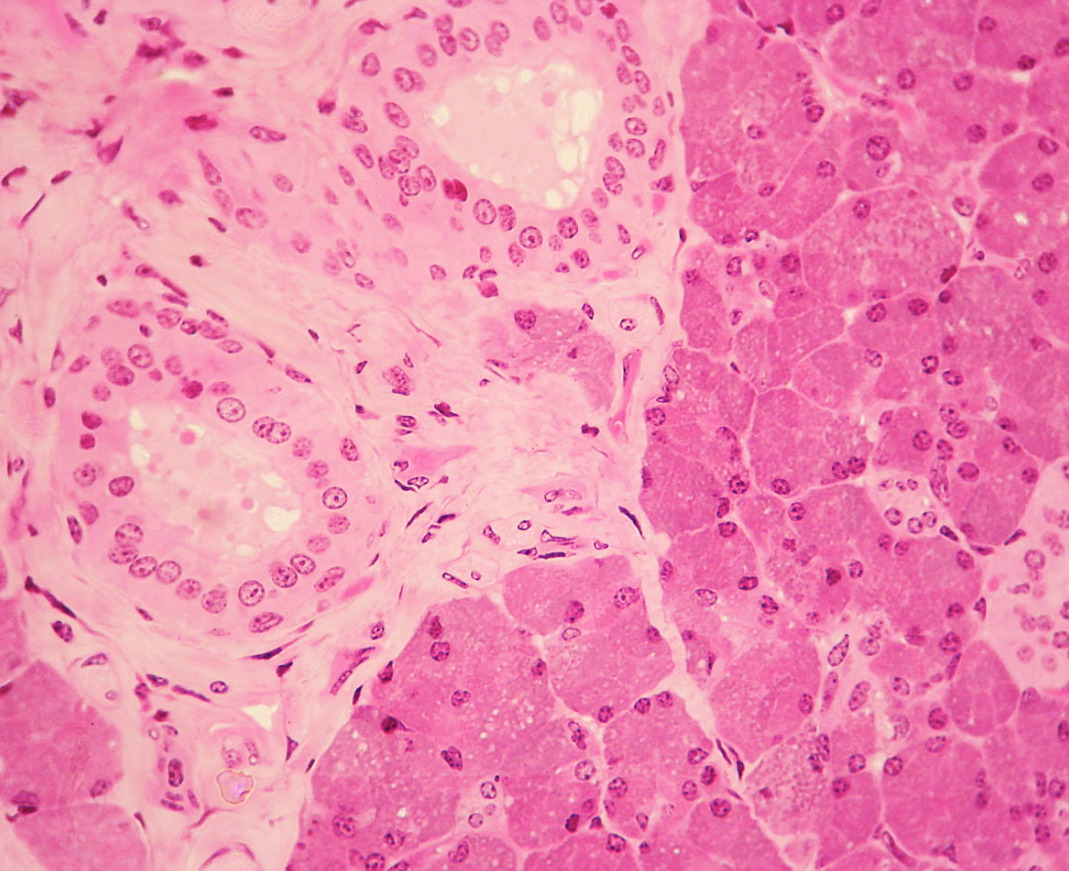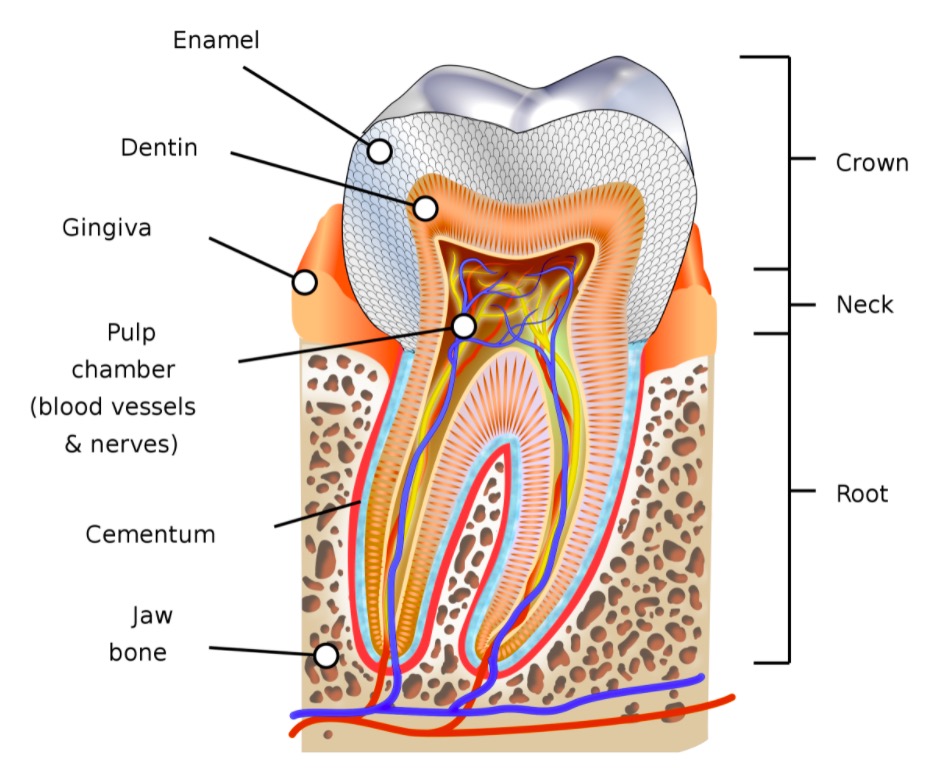Playlist
Show Playlist
Hide Playlist
Oral Cavity: Introduction
-
Slides Digestive system oral cavity.pdf
-
Download Lecture Overview
00:00 In this lecture, you are going to learn the histology of important structures in the oral cavity that have a role in the digestive system. At the end of this lecture, it's important that you understand the structure of oral mucosa and also the structure of the tongue, particularly, the papillae on the dorsal surface of the tongue, and also these taste buds, and the role of the taste bud in detecting taste. And then we're going to look at the differences in the salivary glands, the three major salivary glands: the parotid, the sublingual, and the submandibular gland. 00:43 And finally, we will have a look at the structure of the tooth. All these structures in the oral cavity are very important because they break down the food mechanically. The secretions from the salivary glands moisten the food and then form a bolus, which enables the food to then pass easily down the esophagus into the stomach. The tongue is a very important organ, not just for speech and taste, but it acts as a shovel in the oral cavity and helps also break down the food by pushing it up against the hard palate, the masticatory mucosa. And the teeth, of course, are important structures in the oral cavity because they also mechanically break down the food into smaller components that again can be passed easily down the esophagus in the bolus of food. Here on this slide, there is three images for you to get an orientation of the oral cavity. On the left-hand side, you can see a midsagittal section taken through the head, and it shows the region of the oral cavity. You can see the lip labelled, the tooth labelled, and the tongue. 02:05 So just orientate yourself now as to what structures, what major structures you are going to study in this lecture. You can't see the salivary glands here nor can you see some of the details of the teeth or the oral mucosa, but I will show you other images during this lecture to explain the histology of those structures. On the right-hand side at the top, you see an anatomical drawing of the tongue. The tongue moves about freely in the oral cavity as the organ of speech, but also as I mentioned earlier, as an organ that moves the food around and pushes it up against the hard palate to help break down that food. The tongue is supplied by extrinsic muscles, muscles that attach to bony prominences outside the tongue. The tongue also has intrinsic muscles that help change the shape of the tongue. And on the dorsal surface of the tongue, that surface that when you stick out your tongue, you can see that surface. You can see illustrated on the diagram at the bottom on the right-hand side, the papillae, the tongue papillae. They have very important functions, and I'm going to refer to those later on in this lecture. So this is really just to orientate you as to what region of the body, the oral cavity, we are going to study in this lecture.
About the Lecture
The lecture Oral Cavity: Introduction by Geoffrey Meyer, PhD is from the course Gastrointestinal Histology.
Included Quiz Questions
Which of the following is NOT a major salivary gland?
- Buccal
- Submandibular
- Sublingual
- Parotid
Which part of the oral cavity is NOT visualized through the midsagittal section of the head?
- Parotid gland
- Teeth
- Tongue
- Lips
- Hard palate
Customer reviews
5,0 of 5 stars
| 5 Stars |
|
2 |
| 4 Stars |
|
0 |
| 3 Stars |
|
0 |
| 2 Stars |
|
0 |
| 1 Star |
|
0 |
Good lectures, nice and understandable. Very good slides. I like the voice of lecturer.
1 customer review without text
1 user review without text







